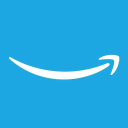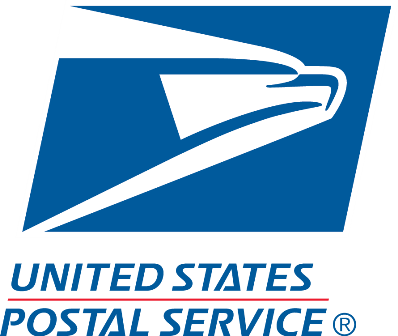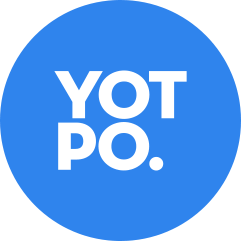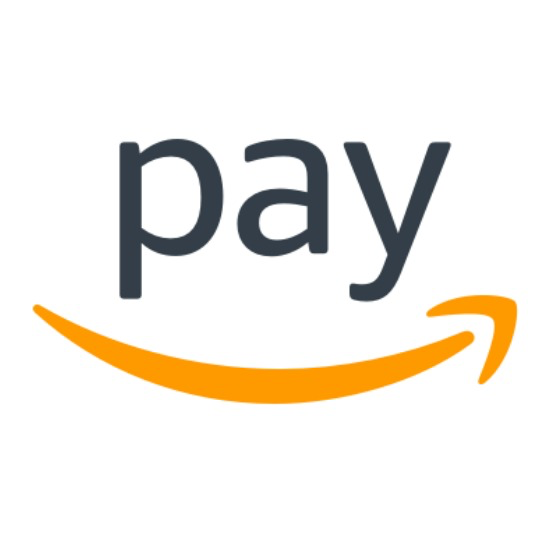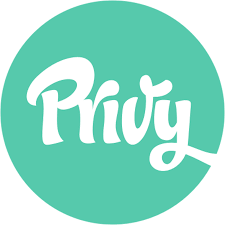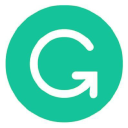Starting A Skin Care Product Business as a Middle School Teacher
Hello! Who are you and what business did you start?
Hi there! I’m Leslie, the founder of Almond Clear, a line of skin care products that are formulated with mandelic (almond) acid (MA).
MA is an amazing remedy for a range of skin concerns, from clearing up acne and folliculitis, to decreasing fine lines and wrinkles, to fading hyperpigmentation and freeing ingrown hairs. The vast majority of customers use Almond Clear to treat acne and folliculitis on the back, butt and thighs, so it’s a very niche-type of product. Almond Clear currently has three products, including a couple of serums and a cleanser. I hope to expand the Almond Clear line to six products within the next three years.
Almond Clear launched on Amazon in December of 2017, and for the first nine months it grew like crazy, with an increase in revenue of about 20% each month! I was happily surprised by how much of a market there turned out to be for mandelic acid products, and Amazon was a great platform on which to launch our products.
I know that there are a lot of Amazon naysayers out there, but for my business Amazon was a...

Download the report and join our email newsletter packed with business ideas and money-making opportunities, backed by real-life case studies.

Download the report and join our email newsletter packed with business ideas and money-making opportunities, backed by real-life case studies.

Download the report and join our email newsletter packed with business ideas and money-making opportunities, backed by real-life case studies.

Download the report and join our email newsletter packed with business ideas and money-making opportunities, backed by real-life case studies.

Download the report and join our email newsletter packed with business ideas and money-making opportunities, backed by real-life case studies.

Download the report and join our email newsletter packed with business ideas and money-making opportunities, backed by real-life case studies.

Download the report and join our email newsletter packed with business ideas and money-making opportunities, backed by real-life case studies.

Download the report and join our email newsletter packed with business ideas and money-making opportunities, backed by real-life case studies.





